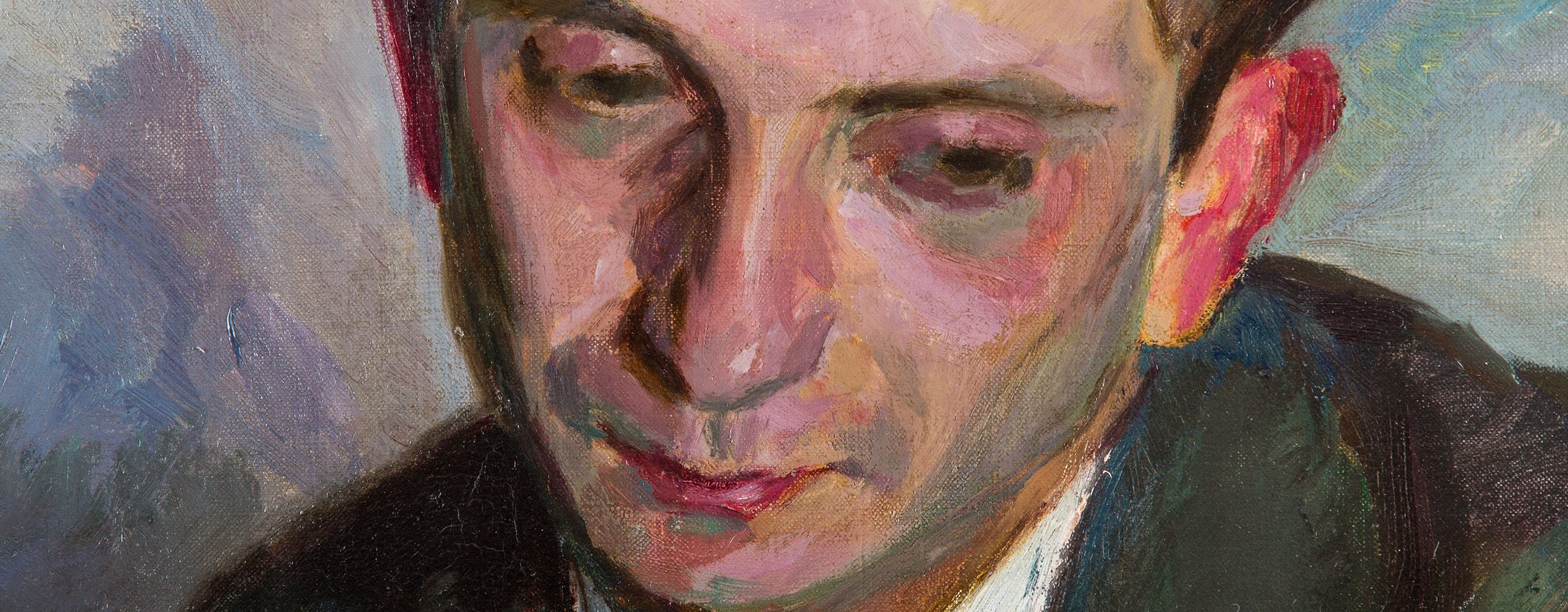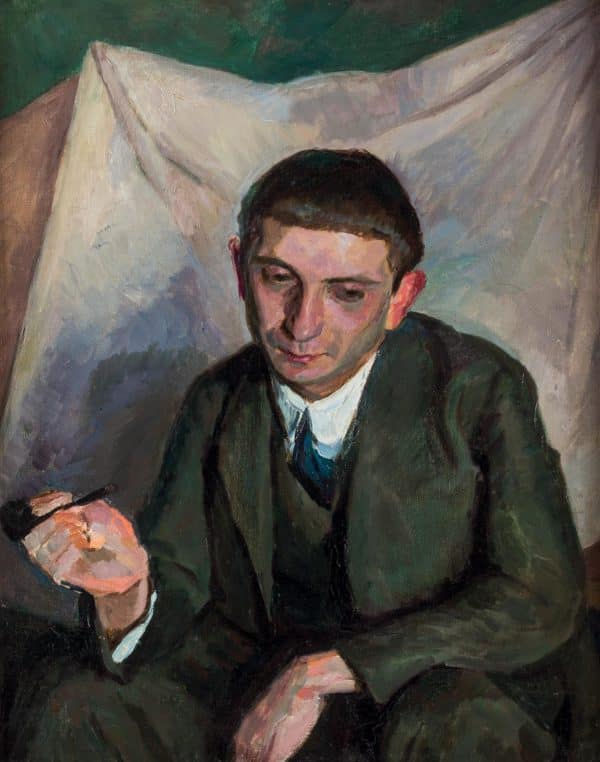

Helmut Moritz Ruhemann began regular painting lessons at the age of just 13. On the advice of Max Liebermann, he concentrated on painting after finishing school. He initially studied at the Academies of Fine Arts in Karlsruhe and Munich, then moved to Paris for two years, where he joined the class of Maurice Denis. In 1914, Ruhemann travelled to Spain, and remained there during the First World War. He settled in Madrid with his friend Martin Bloch; together they studied the Old Masters in the Prado, and acquainted themselves with the painting techniques they saw there. Ruhemann became friends with the restorers at the Prado and developed an interest in restoring paintings himself. After returning to Germany in 1919, Ruhemann made his living as a painter, but took on more and more restoration work. From 1921 onwards he worked as a freelance restorer, including for the art dealer Paul Cassirer. Wilhelm von Bode (1845–1929), the director of the Kaiser Friedrich Museum (today the Bode Museum), appointed Ruhemann as his chief restorer.
After the National Socialists assumed power in 1933, Ruhemann lost his job on account of being Jewish. He left Germany and emigrated to England, where he set up a workshop to train others in the art of restoration; some of them, too, were emigrants. Ruhemann was able to make a living thanks to restoring commissions from galleries. In London, Ruhemann enjoyed international renown as an art restorer, and his abilities were highly praised. He also taught at the Courtauld Institute of Art, where he was made the lecturer in charge of the Technology Department in 1946. In 1968, he published the book The Cleaning of Paintings, which remains a standard work for art restorers to this day.
